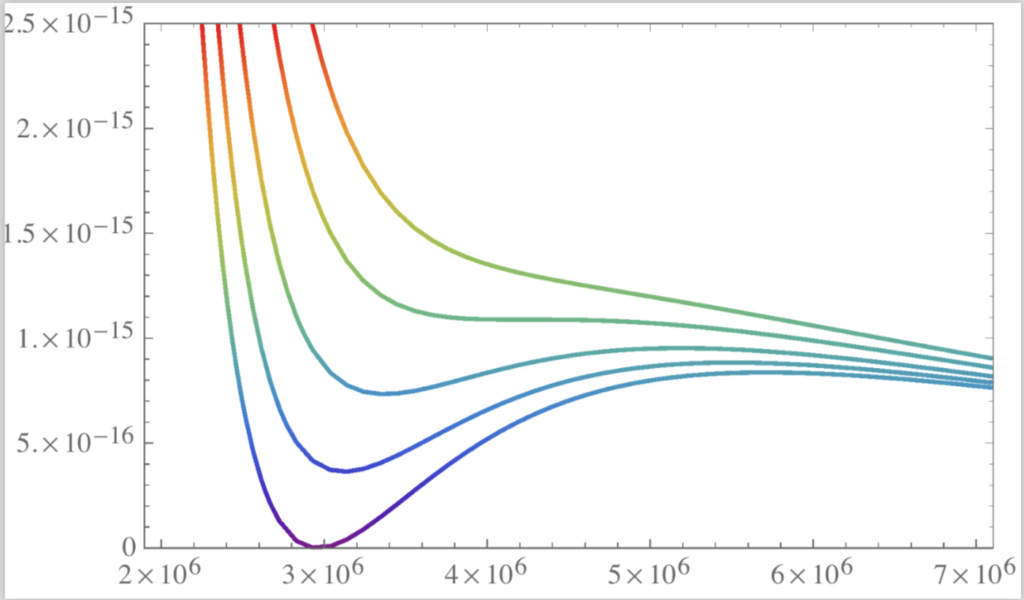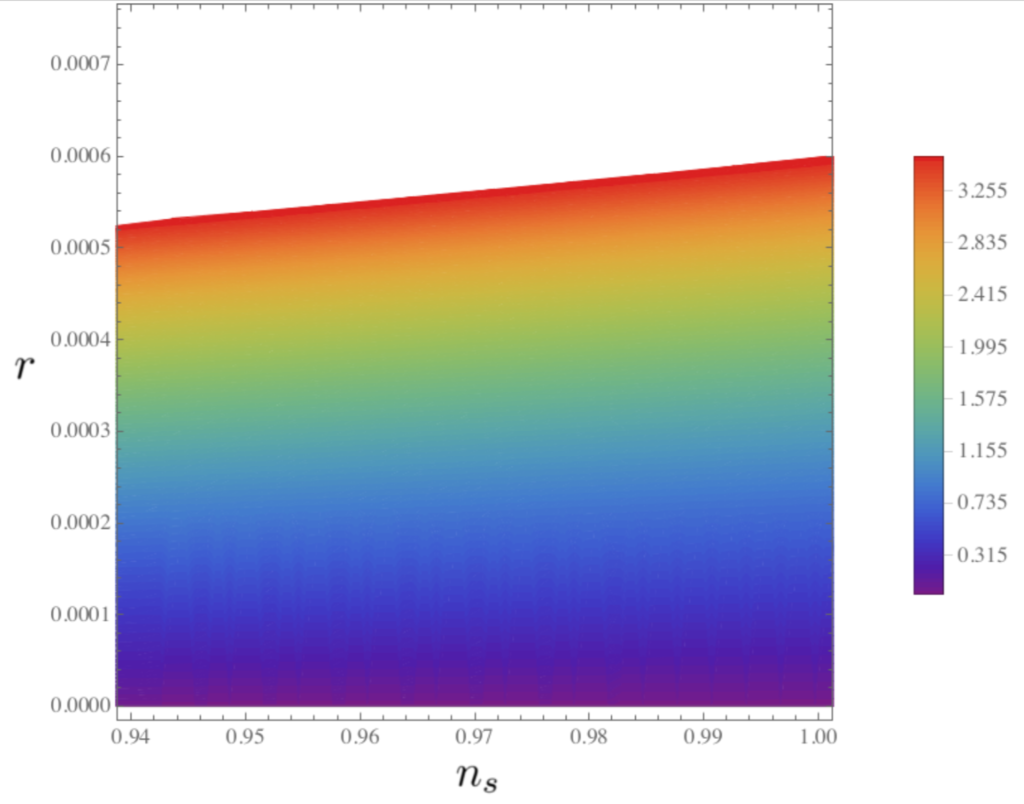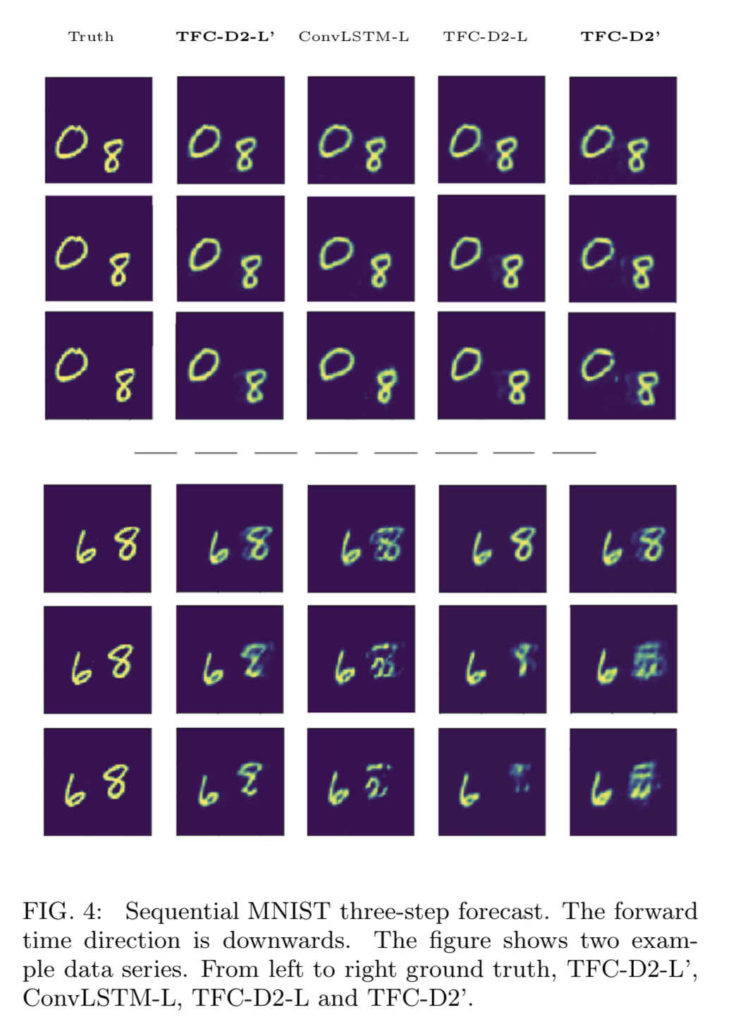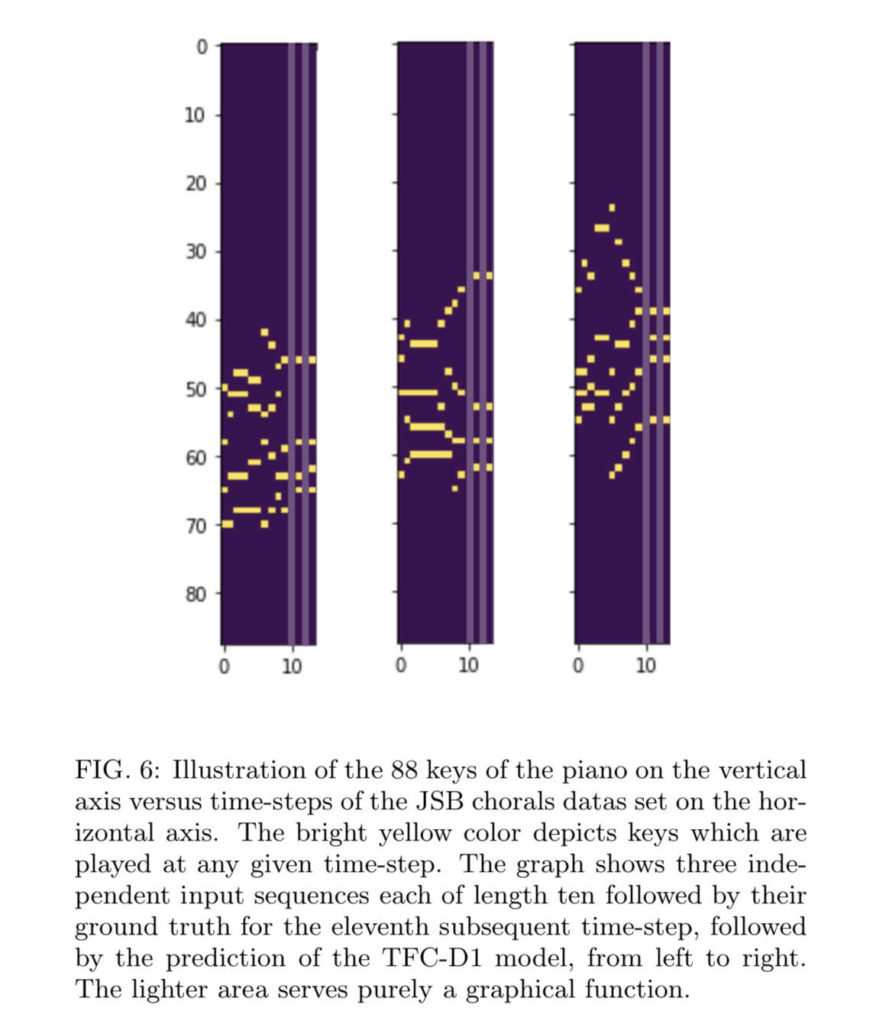My scientific advances in mathematical physics lie at the intersection of formal aspects of stringy i.e. quantum gravity low energy physics and the phenomenology of vacuum structures in string theory and cosmology. Utilizing techniques of applied mathematics such as algebraic and differential geometry.
The research heavily relies on computational techniques which more recently led me to focus on the vibrant field of machine learning and artificial intelligence.
My recent PostDoc research affiliation: Kavli IPMU at the University of Tokyo, Japan 2015-Nov 2019
For my advances (Jan 2020) in the field of machine learning/AI, see here .
In this work we propose a novel approach to utilize convolutional neural networks for time series forecasting. We empirically compare this strategy to convolutional LSTM’s and LSTM’s on their performance on the sequential MNIST and the JSB chorals dataset, respectively. We conclude that our proposed temporally folded convolutional neural networks (TFC’s) may outperform the conventional recurrent strategies.
Recent Publication String theory- here
The main focus of my string theory research is to analyze various model independent aspects of quantum gravity effective field theories.
The imprint of the string length modifies the four-four-dimensional theory of our universe and I show that string theory thus might exhibit a rich landscape of de Sitter vacua i.e. describe our universe. Furthermore, this finite imprint of the string length also suffices to describe inflation – the rapid expansion of the universe from a ‘grain of sand’ to about the size it exhibits today. The goal of this work is to advocate the study of alpha’ correction as they can lead to a broader understanding of the string swampland.
Here two results:

The potential derived in the one-modulus case (y-axis the Potential over the all volume in units of length of 2 pi alpha’) 
And the observable tensor-to-scalar ration r vs. the spectral index n_s (the color coding is the distance in field-space during inflation). The plot is for 60 e-foldings. The colored region can be accessed with the model. For 50 e-foldings the upper bound approaches r < 0.0012.
Selected Recent Talks
- 6 Feb 2020 – Plenary Talk, String Phenomenology Workshop KEK, Japan
- 29 May 2018 – Theory seminar at SNU, Seoul
- 15 Mar. 2018 – Theory seminar at HKUST IAS, Hong Kong SAR
- 8 Dec. 2017 – Plenary Talk, String Theory Workshop, KIAS, Seoul
- 7 Sep. 2017 – Seminar at YITP, Stoney Brook University, USA
- 5 Sep. 2017 – Theory seminar at Cornell University, Ithaca, USA
- 31 Jul 2017 – Theory seminar at the Max PIanck Institute for Physics in Munich, Germany
- 6 Jan 2017 – Plenary talk at workshop, theor. Physics dept. Berkeley @ KIPMU week, Berkeley, USA



